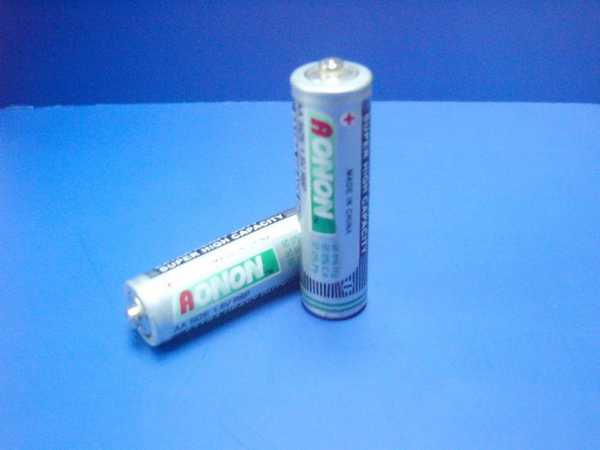The common problems in the use and maintenance of lithium batteries
If you are looking for high-quality products, please feel free to contact us and send an inquiry, email: brad@ihpa.net
After Russia pledged to scale back its military operations around Kyiv and in northern Ukraine, the prices of most industrial metals fell, led by aluminum, showing people's concerns for supply shortage eased.
At an earlier time, the West imposed sweeping sanctions on Russia for its invasion of Ukraine, which aroused concerns about the supply problem because Russia is a major producer of nickel, aluminum, and copper.
Russia is also a major gas supplier to Europe, where potential supply disruptions are seen as hitting power-intensive aluminum and zinc lithium-ion battery are still very uncertain.
1. Basic concepts of lithium-ion battery:
The lithium-ion battery has a nominal voltage of 3.7V (3.6V) and a charge cut-off voltage of 4.2V (4.1V, which has different designs according to the brand of the battery). (The specification for lithium-ion batteries is: lithium-ion secondary batteries
2. Requirements for charging lithium-ion battery (GB/T182872000 specification)
First of all, constant current charging, that is, the current is constant, and the battery voltage gradually increases with the charging process. When the battery terminal voltage reaches 4.2V (4.1V), the constant current charging is changed to constant voltage charging; the voltage is constant, and the current is based on the battery. The saturation level gradually decreases as the charging process continues, and when it decreases to 0.01C, the charging is considered to be terminated. (C is a way of expressing the battery's nominal capacity against the current. For example, if the battery has a capacity of 1000mAh, 1C is the charging current of 1000mA. Note that it is me instead of mAh, and 0.01C is 10mA.) Of course, the standard representation is 0.01 C5A, simplified here.

3. Why do you think 0.01C is the end of charging?
This is stipulated by the national standard GB/T18287-2000, and it is also discussed. In the past, everyone generally ended with 20mA. The industry standard YD/T998-1999 of the Ministry of Posts and Telecommunications also stipulates that no matter how large the battery capacity is, the stop current is 20mA. The 0.01C specified by the national standard helps charge more fully, which is beneficial for the manufacturer to pass the appraisal. In addition, the national standard stipulates that the charging time should not exceed 8 hours; that is to say, even if it has not reached 0.01C, the charging is considered to be over after 8 hours. (Batteries with good quality should reach 0.01C within 8 hours, for batteries with poor quality, it is meaningless to wait).
4. How to distinguish whether the battery is 4.1V or 4.2V?
Consumers are indistinguishable; it depends on the product specification of the cell manufacturer. Some brands of batteries are 4.1V and 4.2V universal, such as A&TB (Toshiba); domestic manufacturers are 4.2V, but there are exceptions, such as Tianjin Lishen is 4.1V (but it is currently 4.2V).
High-quality graphite supplier
Luoyang Moon & Star New Energy Technology Co., LTD, founded on October 17, 2008, is a high-tech enterprise committed to developing, producing, processing, selling, and technical services of lithium-ion battery anode materials. After more than 10 years of development, the company has gradually developed into a diversified product structure with natural graphite, artificial graphite, composite graphite, intermediate phase, and other negative materials (silicon-carbon materials, etc.). The products are widely used in high-end lithium-ion digital power and energy storage batteries. If you are looking for Lithium battery anode material, click on the needed products and send us an inquiry:sales@graphite-corp.com.
The lithium-ion battery industry has experienced demand expectations driven by the rise and the off-season tired stock driven by the seasonal decline in two rounds of the market. Affected by the COVID-19 epidemic and other factors, inventories of manufacturers continue to accumulate, putting pressure on market sentiment. In addition to off-season factors, the weak trend of lithium-ion battery also reflects the market's concern about the epidemic and some other related enterprises' financial situation.
Inquiry us




